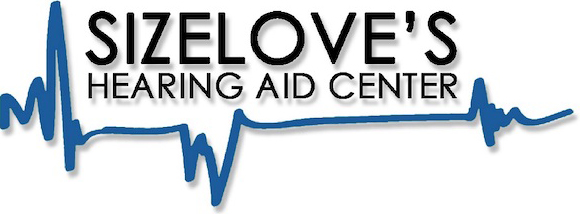Hearing tests are an important part of your regular health maintenance routine. Just like you go to the doctor for a checkup, you should have your hearing tested on a regular basis. Hearing tests are not just for determining whether you need hearing aids, but can also help you to catch minor hearing loss early that may be the result of medications or noise exposure. Once you see that it’s happening, you can make the necessary changes to prevent further hearing loss going forward.
The American Speech-Language-Hearing Association (ASHA) recommends getting a hearing test once every decade until you reach age 50, and once every three years after that. Those in higher-risk occupations or with a medical history indicating a higher risk of hearing loss should be tested even more frequently.
Hearing tests are completely painless and non-invasive and only take about 30–45 minutes. But they can tell us a lot about the state of your hearing ability, and even suggest the likely causes of whatever hearing loss you may have.


When You Arrive
When you come to our office, we’ll have you fill out a questionnaire about your subjective experience of your hearing ability, your lifestyle, your medical history, and your family medical history. All these things have a lot to do with your hearing, as well as the kinds of hearing aids that might be right for you if you do have hearing loss. It’s part of getting to know you as well as we can, so we can recommend the best options to promote your best hearing health going forward!
The Hearing Test
Now you’re ready to take the hearing test! First, we’ll perform a physical examination of your ear canals using an otoscope, the same as your general practitioner does when you visit them. We do this to make sure there are no problems with your ear canals or eardrums that might be causing you to have hearing loss, as these issues should be addressed before your hearing ability is evaluated.
Next, we’ll ask you to step into our soundproof booth and wear a set of headphones. While you’re wearing them, we’ll administer a pure-tone test, and possibly one or more others, as well. Each of the tests is a type of “audiometry,” which is the term we use to refer to the measurement of hearing ability.

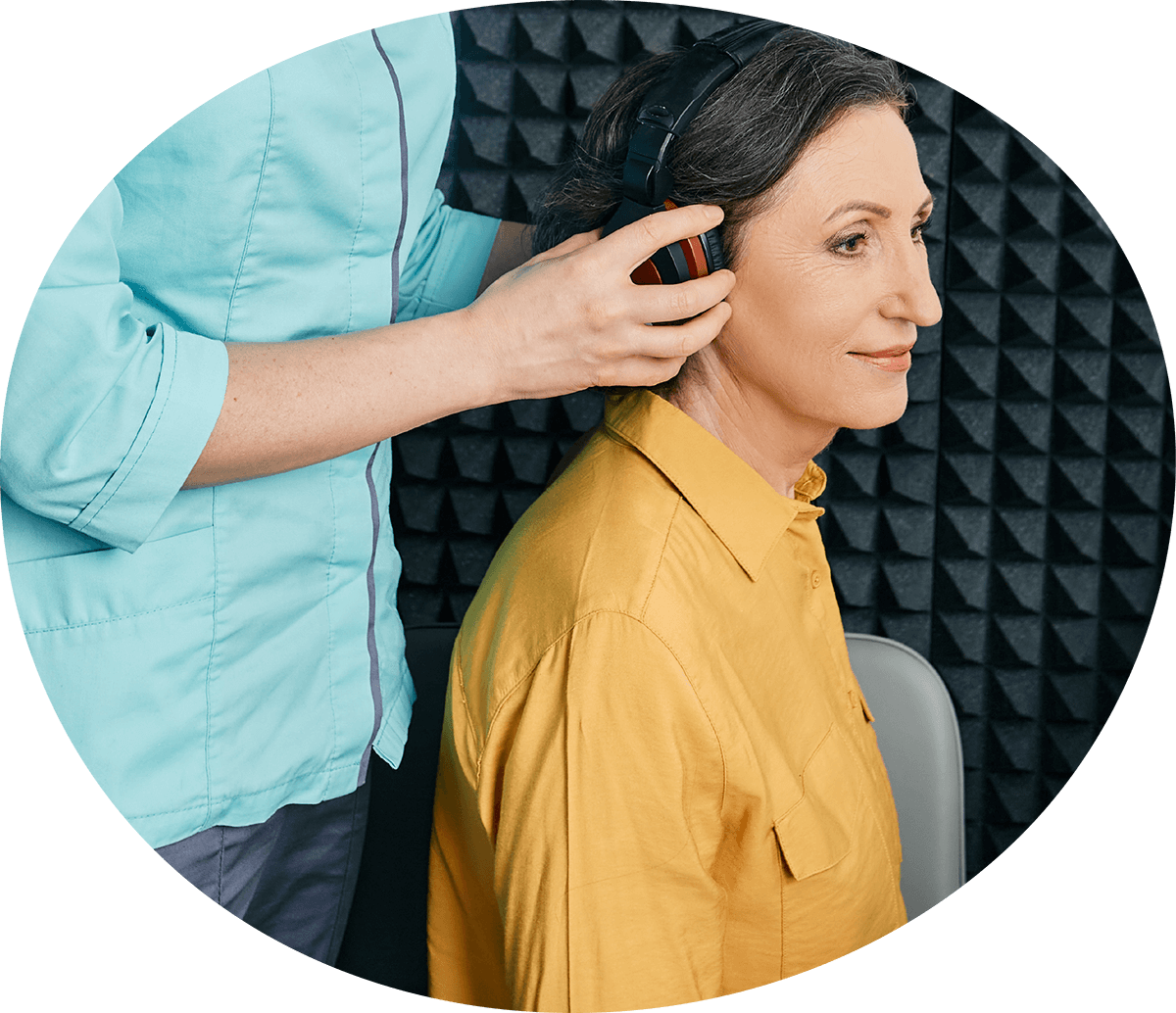
Pure-tone Audiometry

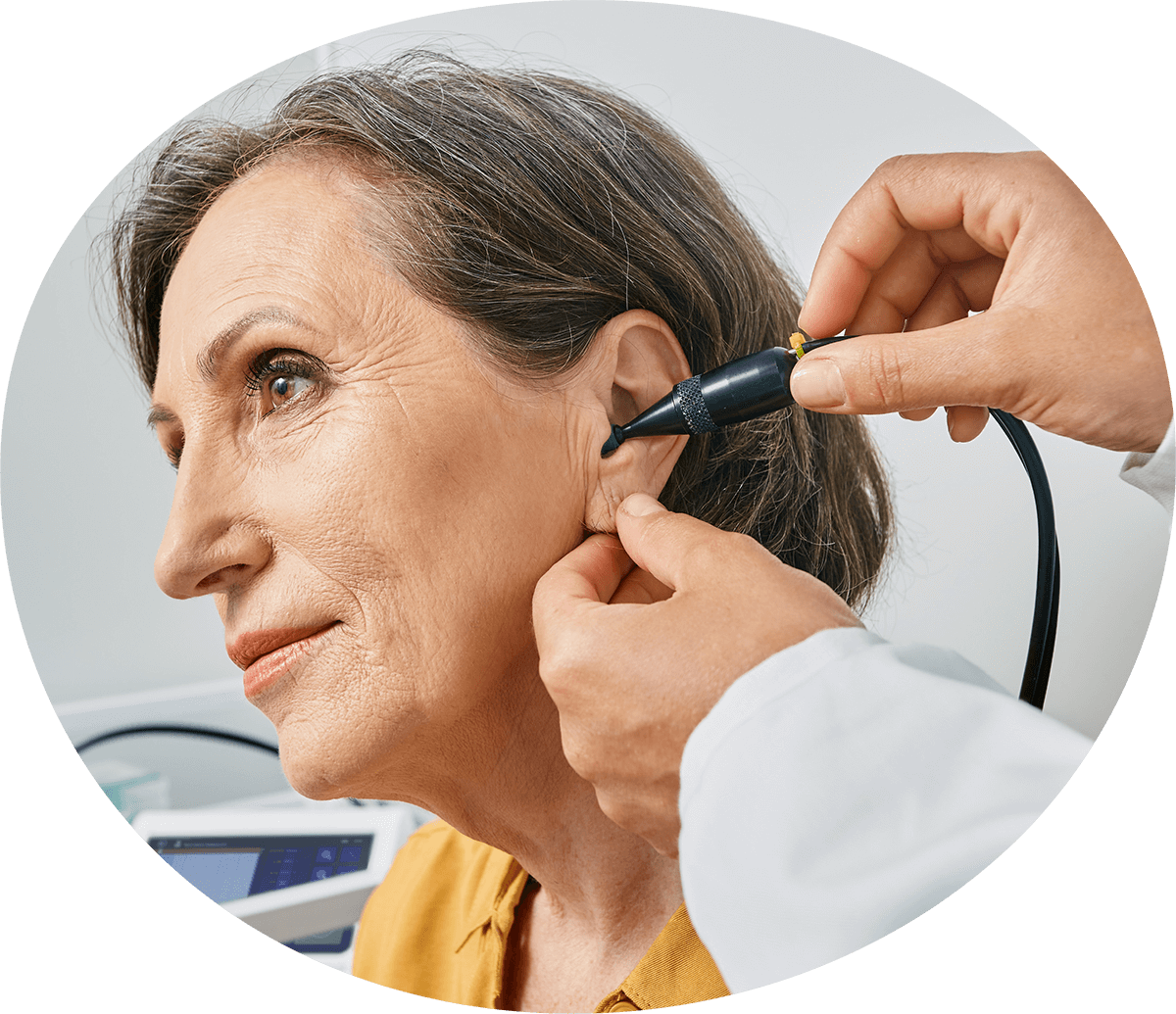
Speech Audiometry


Speech-in-Noise Audiometry

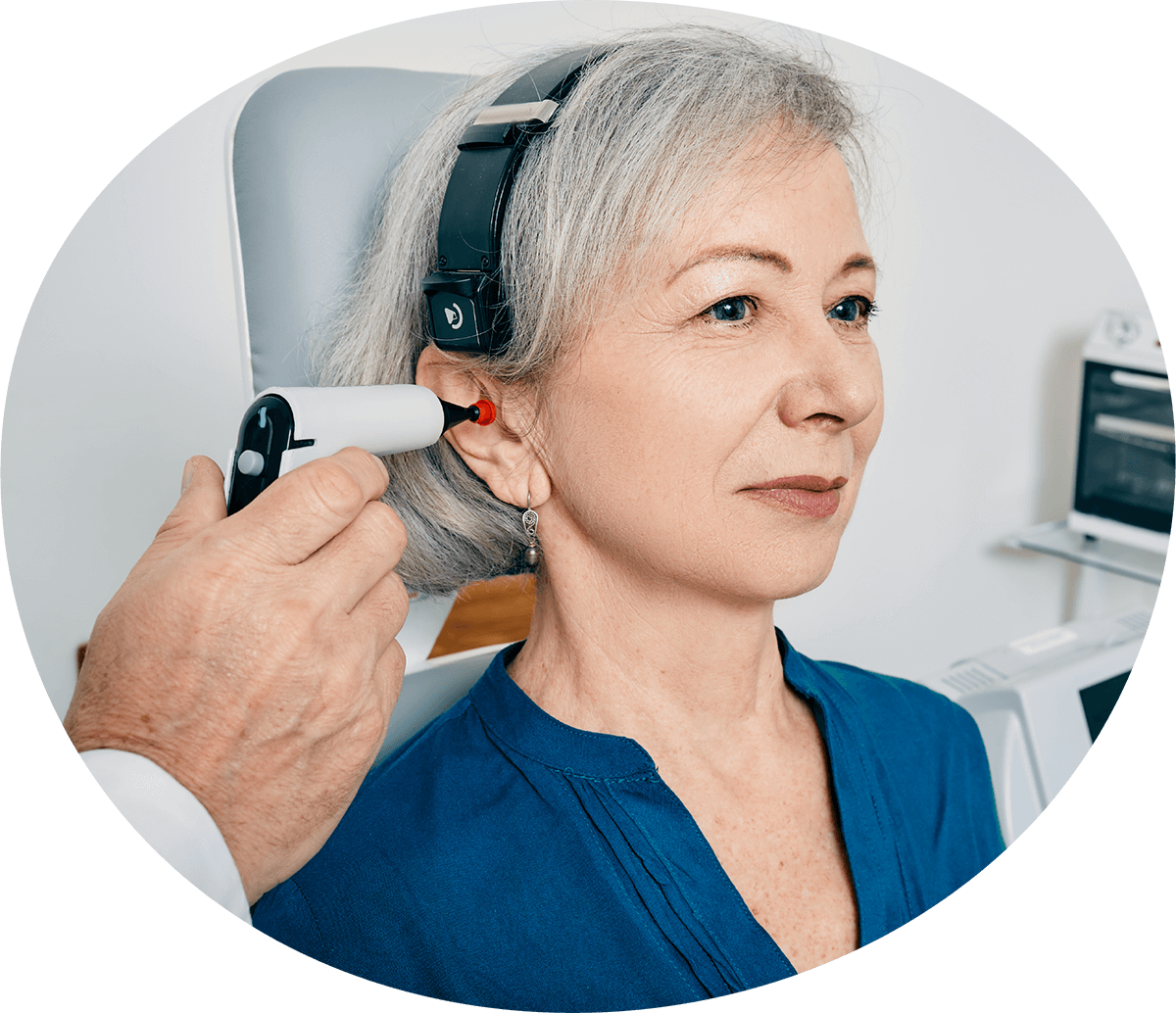
Tympanometry

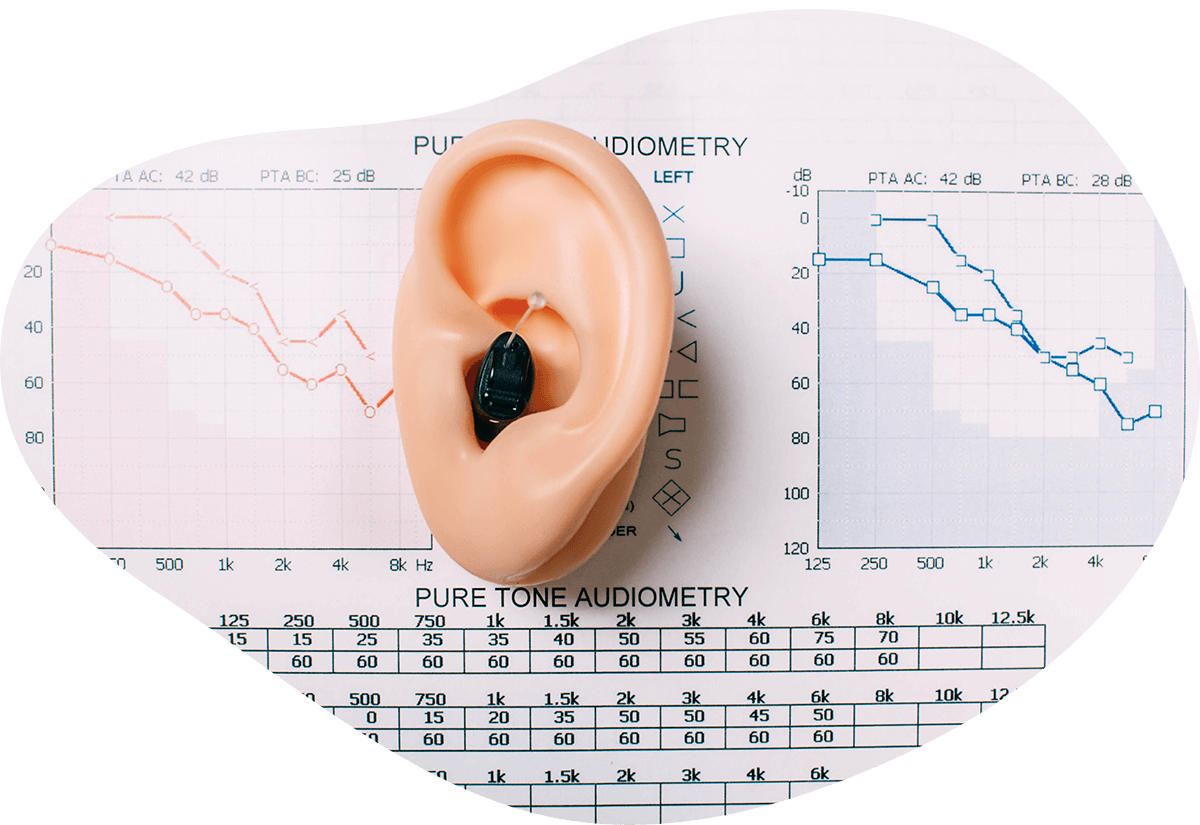
The Audiogram
The results of your pure-tone test will be displayed on an audiogram. This is a graph with frequency (pitch) displayed on the x-axis, and hearing ability on the y-axis. There will be three roughly horizontal lines, representing normal hearing, and each of your ears. We’ll go over your audiogram with you and explain what you see there. If you have an amount of hearing loss for which hearing aids are recommended, we’ll go over your options with you and help get you started on your journey toward better hearing!
